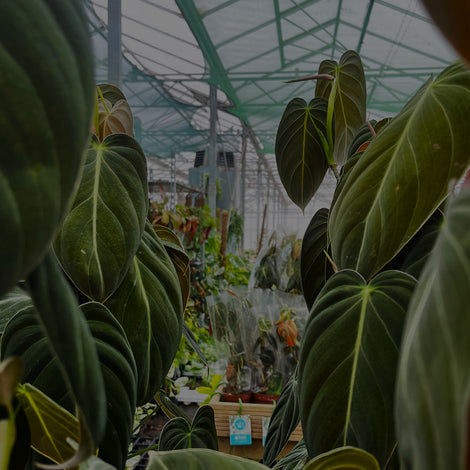Common Aglaonema diseases and pests to look out for
Aglaonema, also known as Chinese Evergreen, is a popular houseplant that can be susceptible to a variety of diseases and pests. Here's a detailed guide on common Aglaonema diseases and pests to look out for:
-
Root Rot Root rot is a common disease that occurs when the roots of the Aglaonema plant become waterlogged. This can be caused by overwatering or poor drainage. Symptoms include yellowing leaves, wilting, and a foul odor from the soil. To prevent root rot, allow the soil to dry out between watering and ensure that the pot has adequate drainage.
-
Leaf Spot Leaf spot is a fungal disease that can cause brown or black spots on the leaves of the Aglaonema plant. It's caused by high humidity, poor air circulation, and overwatering. To prevent leaf spot, avoid getting the leaves wet when watering and ensure that the plant has adequate air circulation.
-
Spider Mites Spider mites are common pests that can infest Aglaonema plants. They feed on the plant's sap, causing yellowing and wilting of the leaves. To prevent spider mites, mist the leaves regularly and inspect the plant for signs of infestation. Use an appropriate insecticide to treat the plant if necessary.
-
Mealybugs Mealybugs are another common pest that can infest Aglaonema plants. They feed on the plant's sap, causing yellowing and wilting of the leaves. To prevent mealybugs, inspect the plant regularly for signs of infestation and use an appropriate insecticide to treat the plant if necessary.
-
Scale Insects Scale insects are small, hard-shelled pests that can infest Aglaonema plants. They feed on the plant's sap, causing yellowing and wilting of the leaves. To prevent scale insects, inspect the plant regularly for signs of infestation and use an appropriate insecticide to treat the plant if necessary.
In summary, Aglaonema plants can be susceptible to a variety of diseases and pests, including root rot, leaf spot, spider mites, mealybugs, and scale insects. By monitoring the plant for signs of infestation and taking appropriate action, you can ensure that your Aglaonema plant stays healthy and vibrant.























Leave a comment
Please note, comments need to be approved before they are published.